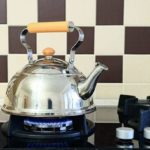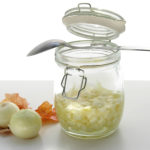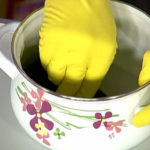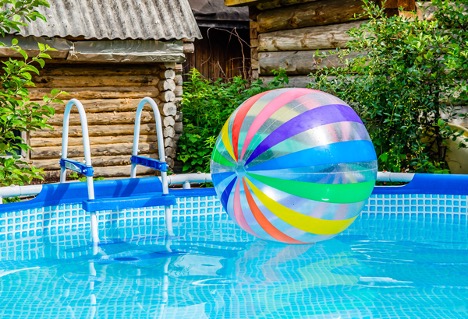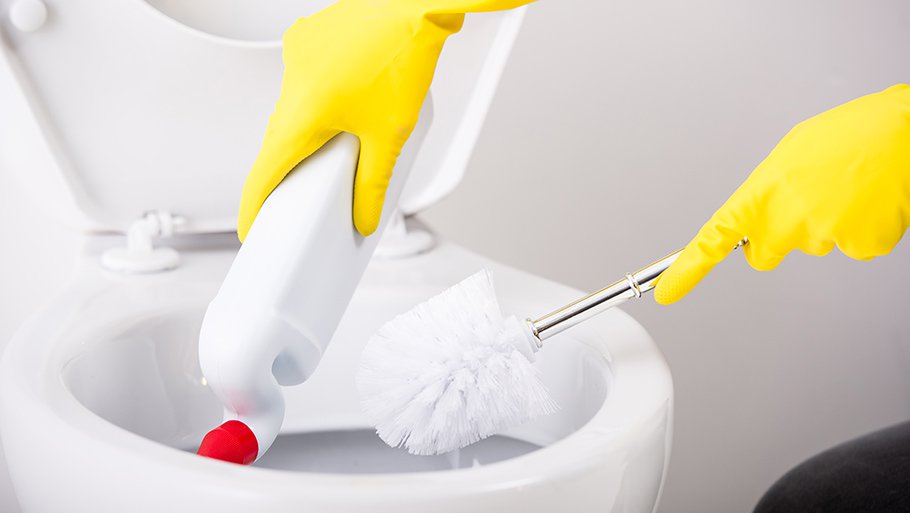How to clean the rust inside a toilet tank
Every good housewife knows that all plumbing requires careful, regular care. This not only maintains the attractive appearance of the products, but also extends their service life.
For obvious reasons, the toilet deserves special attention. Moreover, you need to clean not only the product itself, but also the drain tank. Plaque and rust also form over time on its inner surface and elements of the drain mechanism. If they are not removed in time, the product will fail.
The content of the article
Reasons for the formation of plaque and rust in the toilet cistern
The water we use contains a large number of different impurities. Even after several stages of cleaning, some of them remain, including limestone. Once in the toilet cistern, they settle on the walls and flush mechanism.
Limestone initially forms a small layer over the entire surface. But if it is not removed in time, stone deposits gradually begin to form. Removing hard deposits is much more difficult than removing a thin layer of limestone. In addition, old water pipes add rust. It settles on the inner surface of the tank and becomes denser and thicker over time.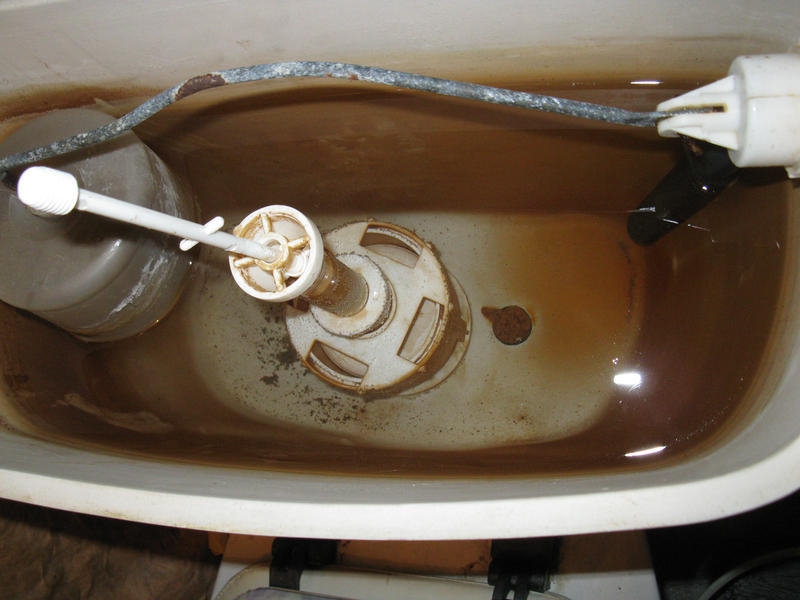
Reference! The harder the water, the faster a layer of limestone and rust forms in the cistern.
Small particles of rust settle on all internal elements of the tank, including the drain mechanism. Because of this, its normal functioning is disrupted, and if the plaque is not removed, the mechanism will fail. Water will begin to flow out of the tank. Pathogenic bacteria and mold will develop in it, and an unpleasant odor will appear.
Reference! With regular and timely care of the toilet cistern, you can extend the life of the product by more than 40%.
How to remove rust and yellow plaque at home
You can remove limescale and rust yourself. This is done both using store-bought cleaning products and folk methods.
Reference! Traditional methods sometimes have a stronger effect than store-bought products.
It is worth keeping in mind that maximum results can only be achieved by choosing the right cleaning agent. You need to choose a product taking into account the material from which the tank is made. So, for ceramic tanks, substances containing acids should be used, and for metal tanks, softer alkaline solutions should be used.
Reference! Before you start cleaning the tank, you need to prepare gloves and turn off the water supply.
Using store products
If a small layer of limescale and rust has formed on the inner surface of the tank and the drain mechanism, you can deal with them without using concentrated cleaning products. To wash the tank, you can use Pemoxol, Cinderella, Pemos or Myth.
In the event of a heavy raid, “heavy artillery” will be required: “Sanox”, “Biocid-S”. The products can remove any dirt in a matter of minutes.
Also on sale are gels that are especially popular:
- Cilit. There are several varieties designed to combat specific contaminants: against rust, to remove limescale. In addition, Silit will remove dull stains and restore plumbing fixtures to their former shine.
- "Domestos". The substance has a thick, viscous consistency, perfectly removes dirt and disinfects plumbing fixtures.
- Comet. Copes perfectly with dirt of any intensity. But before use, you should dismantle the plastic parts - the substance has a negative effect on them.
- "Toilet duckling." An inexpensive product that does the job perfectly and refreshes your plumbing.
- Sanita. Capable of removing even old rust deposits.
- "Sanfor". An excellent product that not only removes dirt, but also removes fungus and mold. You can use it to clean all plumbing fixtures, as well as tiles.
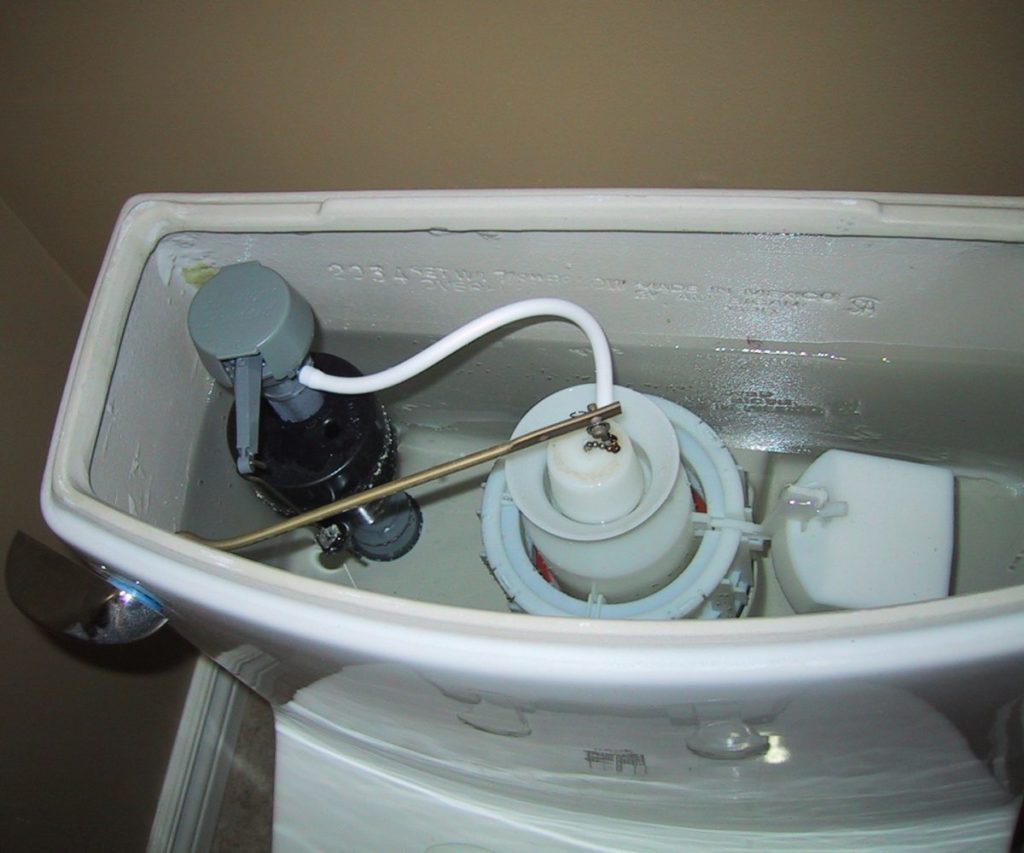
Attention! The cleaning composition must be kept on the surface of the plumbing fixtures for the time strictly indicated on the packaging.
Traditional methods
For folk methods, the following means are used:
- Vinegar. Mix a small amount of table vinegar with water. The resulting mixture should be poured into a tank and left for several hours. After this, drain the solution and thoroughly wipe the inside of the tank with a hard sponge.
- Toothpaste. You need to make several holes in the paste tube and put it inside the reservoir. Each time the water is drained, a self-cleaning process will occur.
- Lemon acid. You will need 5-10 bags of acid. You need to pour their contents into the tank and pour water at room temperature. Stir the solution thoroughly until all acid crystals are completely dissolved.Leave the mixture for 3-4 hours, then rub the walls of the tank with a hard sponge or brush.
- Coca-Cola. A rather non-standard option, but carbonated water perfectly removes plaque and rust. Pour several bottles of Coca-Cola into the tank and leave it for a couple of hours. After this time, scrub the walls with a brush.
Cleaning off plaque and rust is quite simple. But in order not to waste time on lengthy cleaning, it is important to regularly wash the inside of the tank. After all, fresh deposits can be removed with a regular damp cloth, without resorting to the use of strong chemicals.

